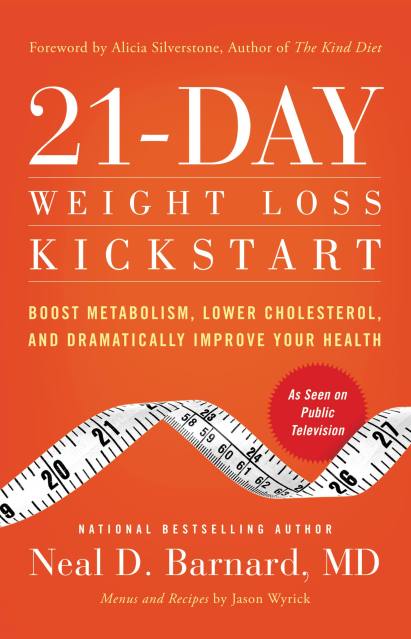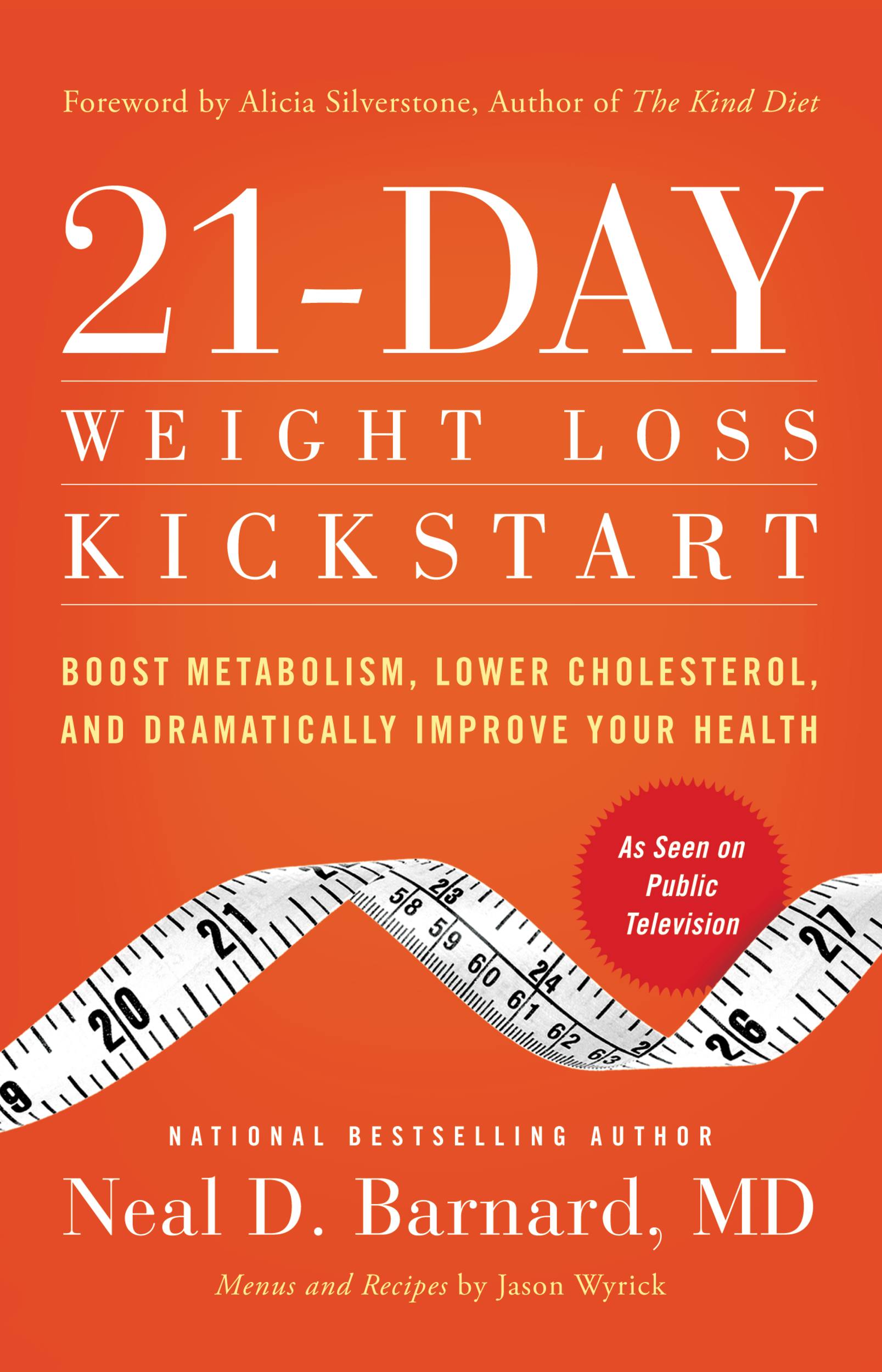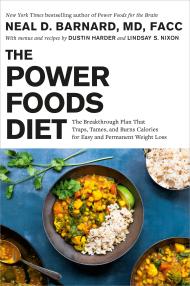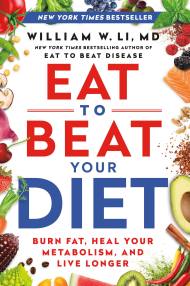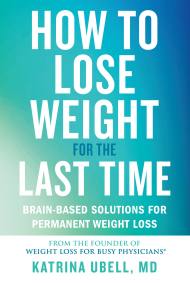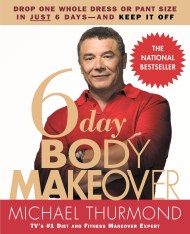Promotion
Use code MOM24 for 20% off site wide + free shipping over $45
21-Day Weight Loss Kickstart
Boost Metabolism, Lower Cholesterol, and Dramatically Improve Your Health
Contributors
Formats and Prices
Price
$11.99Price
$15.99 CADFormat
Format:
- ebook $11.99 $15.99 CAD
- Trade Paperback $19.99 $24.99 CAD
This item is a preorder. Your payment method will be charged immediately, and the product is expected to ship on or around February 28, 2011. This date is subject to change due to shipping delays beyond our control.
Also available from:
For years, Dr. Neal D. Barnard has been at the forefront of cutting-edge research on what it really takes to lose weight and restore the body to optimal health. Now, with his proven, successful program, in just three short weeks you’ll get fast results-drop pounds, lower cholesterol and blood pressure, improve blood sugar, and more. With Dr. Barnard’s advice on how to easily start a plant-based diet, you’ll learn the secrets to reprogramming your body quickly:
Appetite reduction: Strategically choose the right foods to naturally and easily tame your appetite.
Metabolism boost: Adjust eating patterns to burn calories faster for about three hours after each meal.
Cardio protection: Discover the powerful foods that can help reduce cholesterol nearly as much as drugs do in just weeks.
Whether you are one of the millions who are anxious to get a jumpstart on weight loss or who already know about the benefits of a plant-based diet but have no idea how or where to start, this book is the kickstart you’ve been waiting for. Complete with more than sixty recipes, daily meal plans for the 21-day program, tips for grocery shopping, and more, this book will teach you how to make the best food choices and get your body on the fast track to better health.
Appetite reduction: Strategically choose the right foods to naturally and easily tame your appetite.
Metabolism boost: Adjust eating patterns to burn calories faster for about three hours after each meal.
Cardio protection: Discover the powerful foods that can help reduce cholesterol nearly as much as drugs do in just weeks.
Whether you are one of the millions who are anxious to get a jumpstart on weight loss or who already know about the benefits of a plant-based diet but have no idea how or where to start, this book is the kickstart you’ve been waiting for. Complete with more than sixty recipes, daily meal plans for the 21-day program, tips for grocery shopping, and more, this book will teach you how to make the best food choices and get your body on the fast track to better health.
Genre:
- On Sale
- Feb 28, 2011
- Page Count
- 368 pages
- Publisher
- Balance
- ISBN-13
- 9781455500543
Newsletter Signup
By clicking ‘Sign Up,’ I acknowledge that I have read and agree to Hachette Book Group’s Privacy Policy and Terms of Use
